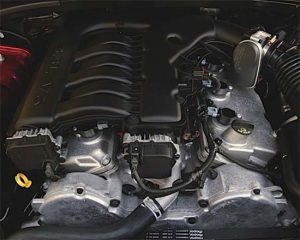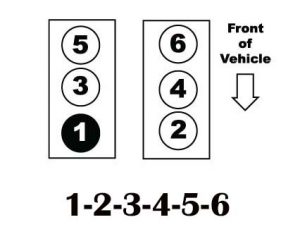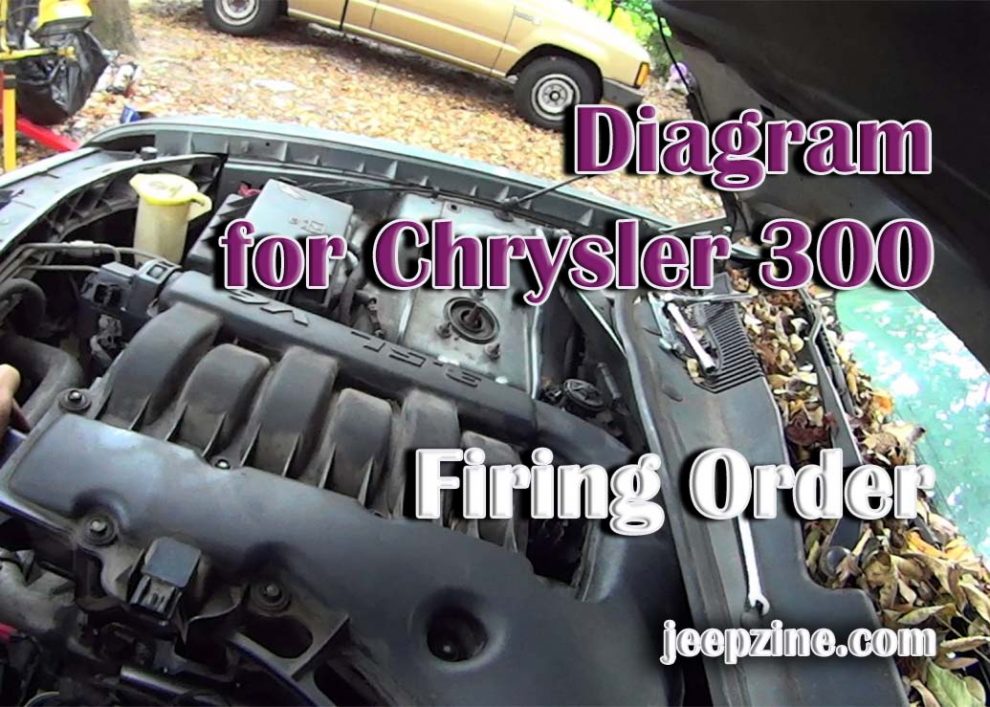What Is a Firing Order?
It’s no secret that the heart of any car is the engine. That’s what makes vehicles, no matter how big or small, move. Arguably, the engine is the most complicated and the most expensive part of any vehicle out there. This applies to sedans, trucks, SUVs, and crossovers. And one of the most important things in a car’s engine is, of course, its firing order. What is a firing order, you ask? Why does it matter?

Otherwise, without a firing order, the engine will get seriously damaged or even rendered broken and out of service. That’s exactly why the firing order matters!
Alright, let’s take a quick look at the engine that comes packed with the Chrysler 300, sometimes referred to as Lancia Thema. This is a full-sized luxury car, first produced in February 2004. And, most Chrysler 300 cars feature a standard Pentastar 3.0L V6 engine. It has 292 horsepower with 260 pound-feet of torque. However, no matter how powerful it is, activating all 8 cylinders at the same time will lead to overheating.
Fortunately, such a thing will not happen, all thanks to the Chrysler 300 firing order. It’s there to ensure every single cylinder fires at a specific time for smooth operation. Think of it as the engine’s safety protocol. For multi-cylinder engines, strict and coordinated firing order is a must. Technically, it’s not an easy thing to accomplish, but it’s a necessary one.
Unique Firing Orders for Different Engines
A firing order in a modern-day engine is a safety measure, but that’s not the only thing it’s good for. On top of keeping the expensive motor safe, the firing order also reduces vibration, makes everything run smoother, and makes long commutes over rough terrain much more comfortable. This is true both for the driver and the passengers.
And please do remember that engines manufactured by different companies come with their own, unique firing orders. In addition, each engine variation has its own, very specific firing order. For example, the Chrysler 300 firing order is NOT the same as the order of HEMI 5.7, Ford 5.4 Triton, or Chevy 350.
Chrysler 300 Firing Order Diagram

So, if you own one of those motors, cylinder number 1 will always fire first, joined by cylinder number 2. After that, the third cylinder enters the scene, followed by the fourth one. The fifth cylinder sticks to the set order and fires next, with the sixth cylinder being the last one to ignite.
Final Words
It’s very hard to overestimate the importance of firing orders, and this applies to all the engines and cars on the market, both old and new. Each manufacturer has its own specific firing order that works best for their particular engines. The firing order differs depending on the brand and the type/variation of the engine.
Regardless of the manufacturer, the vehicle, or the engine, the purpose of a firing order is to extend the lifespan of the motor, keep vibrations to a minimum, and ensure a smooth, comfortable ride quality. Without it, the engine will overheat before long, forcing you to pay big bucks for a repair or even a complete replacement.





Add Comment